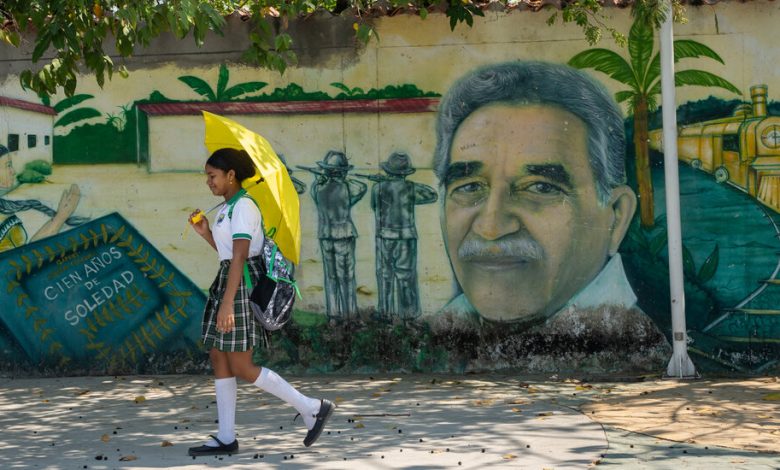Gabriel García Márquez’s Hometown Awaits His Last Book and More Visitors

Statues and murals bear his likeness. Schools and libraries are named after him. Hotels, barbershops, nightclubs and bike repair stores carry references to his work.
In the sweltering Colombian mountain town of Aracataca, it is impossible to walk down a single street without seeing allusions to its most renowned former resident: the winner of the 1982 Nobel Prize in Literature, Gabriel García Márquez.
Yellow butterflies are seen all over town, a nod to one of his famous literary images. The house where he lived as a child has been turned into a museum filled with its original furniture, including the crib where he slept.
The library, named Biblioteca Pública Municipal Remedios La Bella, after the character Remedios the Beauty from his novel “One Hundred Years of Solitude,” features a glass case of his books translated into various languages.
Aracataca, a once dusty and dilapidated town of 40,000 plagued by unemployment and a lack of basic services, has been transformed by its connection to Mr. García Márquez, Colombia’s most famous author and one of the world’s literary titans.
Ten years ago, the town had little to offer tourists and did little to promote its connection to the author, beyond a museum and a pool hall that called itself Macondo Billiard, after the name of the fictional town in “One Hundred Years of Solitude.”
